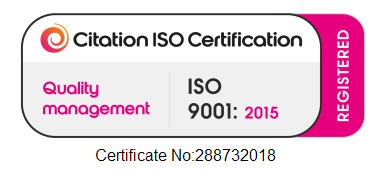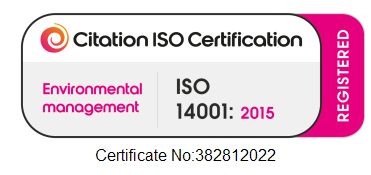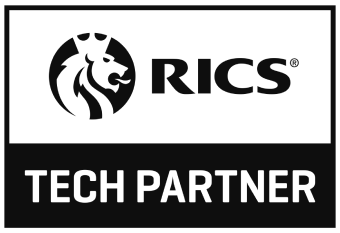
Embracing AI in Architecture: Enhancing Collaboration and Satisfaction for Architects and Developers
As AI technology continues to evolve, architects and developers are increasingly interested in its potential to transform their workflows. For those curious about how to integrate AI into their projects, understanding its benefits and applications is crucial. This blog explores how architects and developers can use AI to boost collaboration, enhance project outcomes, and ensure mutual satisfaction.
The Developer’s Perspective: Efficiency and Early Involvement
From the developer’s viewpoint, incorporating AI in the architectural workflow offers several significant advantages:
- Accuracy and Options at Early Stages: Developers crave accuracy from the outset. AI tools enable the generation of multiple design options early in the process, allowing developers to provide input and make informed decisions about what will work and what won’t. This early involvement helps avoid later-stage revisions and ensures the project aligns with their vision from the start.
- Faster Site Reviews: With AI, developers can review more sites in a shorter time. By quickly ruling in or out potential sites, they can focus on the most promising ones, saving time and resources. This efficiency translates to the ability to take on more projects and accelerate development timelines.
- Enhanced Communication and Collaboration: AI fosters better communication between developers and architects. By providing clear, data-driven design options early on, AI ensures that both parties are on the same page. This alignment reduces misunderstandings and enhances overall satisfaction.
The Architect’s Perspective: Innovation and Precision
Architects, too, stand to benefit immensely from AI integration:
- Early Optioneering and Feasibility: AI-powered generative design tools can create a variety of design options within the constraints of a project brief, such as massing, zoning, and capacity. This ability to explore multiple possibilities early on helps architects present accurate and innovative solutions without extensive preliminary work.
- Reduced Revisions and Increased Efficiency: By involving developers early and using AI to generate precise design options, architects can reduce the likelihood of late-stage rejections. This efficiency not only saves time but also ensures that architects can take on more projects and deliver high-quality work within shorter timeframes.
- Staying Competitive and Relevant: As developers increasingly ask whether architects are using AI, it becomes essential for architects to adopt this technology to remain competitive. Forward-thinking architects who embrace AI can demonstrate their commitment to innovation and precision, attracting more clients and winning more projects.
Mutual Satisfaction: A Harmonious Collaboration
The key to a successful project lies in the satisfaction of both developers and architects. AI can significantly enhance this satisfaction by:
- Aligning Goals and Expectations: With AI facilitating early and clear communication, both parties can align their goals and expectations from the start. This alignment reduces the chances of misunderstandings and ensures that the final outcome meets the developers' needs and the architects' vision.
- Streamlining the Design Process: AI streamlines the design process, allowing for more touch-points and collaborative opportunities. Regular check-ins enabled by AI-generated options ensure that the project stays on track and meets both parties' standards.
- Delivering High-Quality Outcomes: Ultimately, AI helps deliver high-quality outcomes that satisfy both developers and architects. By combining innovative design with precise execution, AI ensures that projects are completed efficiently and to the highest standards.
Embracing the Future of Architecture and Development
As AI becomes more integrated into the architectural and development industries, it is clear that its benefits are far-reaching. For architects and developers, embracing AI is not just about staying relevant but also about enhancing collaboration and delivering superior project outcomes. By incorporating AI tools and generative design techniques, both parties can ensure a more efficient, innovative, and satisfying workflow.
Share This Blog
Share On Facebook
Share On Twitter
Share On LinkedIn
Recent Blogs
VU.CITY becomes a Certified B Corporation
LONDON, March 26, 2025 — VU.CITY has today announced its certification as a B Corporation (or B
Overcoming Communication Barriers in Planning with 3D Flythroughs
The Planning Communication Challenge Navigating the planning process can be a minefield of
Join the Community
Updates, business insights, webinars and more.
Google Privacy Policy and Terms of Service apply.















